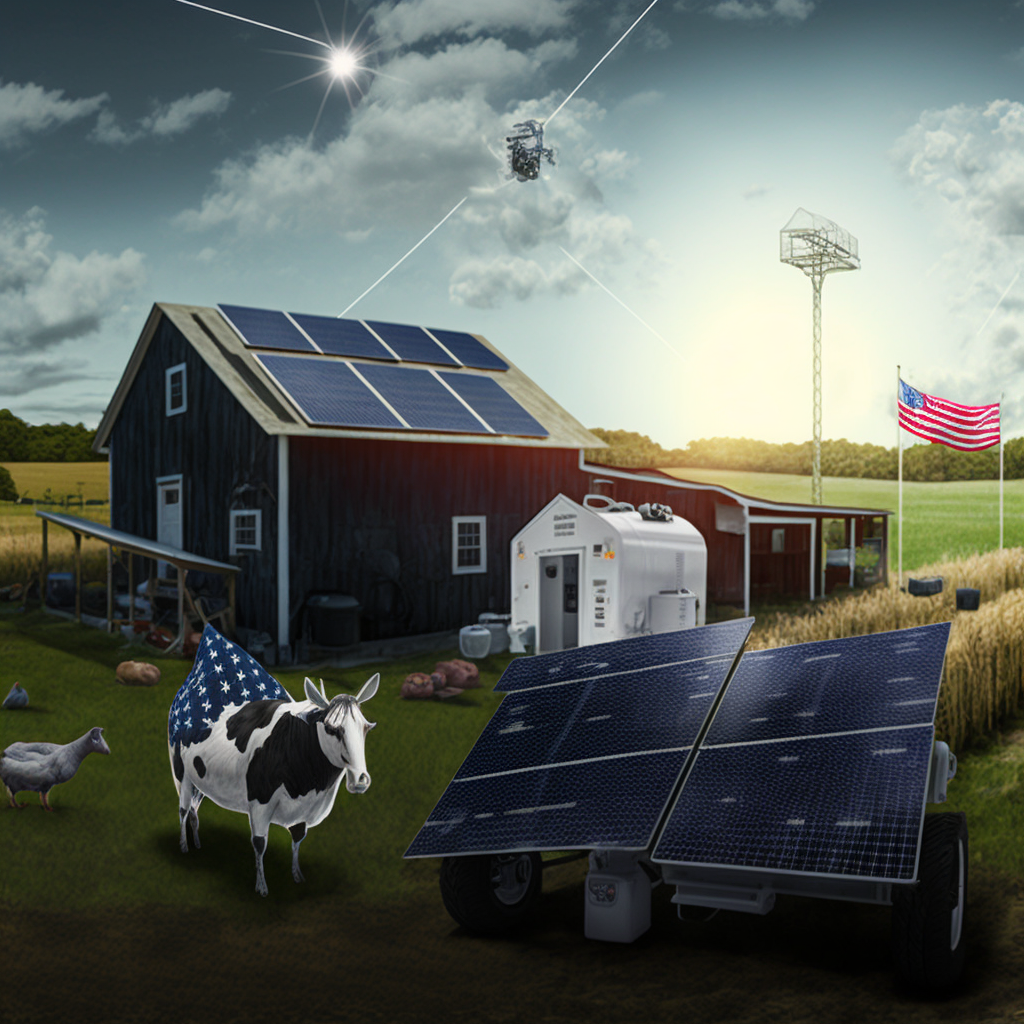What is Off-Grid Solar?

Introduction:
Off-grid solar systems are self-sufficient, stand-alone systems that are not connected to the traditional electrical grid. They are designed to provide power to remote or isolated areas where grid-tied systems are not practical or cost-effective. This knowledge module will provide an overview of the key concepts, technologies, and strategies that are used to design, install and maintain off-grid solar systems.
-
System Design and Component Selection:
This section will cover the design and component selection strategies that are used to ensure that an off-grid solar system is efficient, reliable and cost-effective. This includes the selection of solar panels, inverters, batteries, charge controllers and other components. Specific examples in this section include the use of monocrystalline or polycrystalline solar panels, string or micro inverters, lead-acid, Li-ion or other type of batteries, and PWM or MPPT charge controllers.
-
Installation and Maintenance:
This section will cover the installation and maintenance strategies that are used to ensure that an off-grid solar system is properly installed and operates efficiently over time. This includes the use of proper wiring and grounding techniques, the selection of appropriate mounting hardware, and the implementation of a regular maintenance schedule. Specific examples in this section include the use of conduit, MC4 connectors and other types of wiring, the selection of ground or roof-mounted racking systems, and the use of regular cleaning and monitoring practices to ensure optimal performance.
-
Energy Storage Solutions:
This section will cover the energy storage solutions that are used to ensure that an off-grid solar system can provide power even when the sun is not shining. This includes the use of batteries, flywheels, and other energy storage technologies. Specific examples in this section include the use of Lead-acid, Li-ion or other type of batteries, and the use of flywheels and compressed air energy storage systems.
-
Microgrid Integration:
This section will cover the strategies and technologies that are used to integrate off-grid solar systems into a microgrid. A microgrid is a localized grouping of electricity sources and loads that can operate connected to the traditional grid or independently. This includes the use of advanced grid management systems, the integration of distributed energy resources, and the use of energy management systems. Specific examples in this section include the use of advanced monitoring and control systems to improve the efficiency and reliability of the microgrid, the integration of various renewable energy sources such as wind and hydro, and the use of energy management systems to optimize the performance of the microgrid.
-
Conclusion:
This knowledge module has provided an overview of the key concepts, technologies, and strategies that are used to design, install, and maintain off-grid solar systems. It is important to note that off-grid solar systems can have a wide range of applications, from powering remote homes and buildings, to providing power to communities in developing countries, and supplying power to critical infrastructure in emergency situations. By understanding the strategies and technologies discussed in this module, one can be better equipped to design, install and maintain a successful off-grid solar system.
